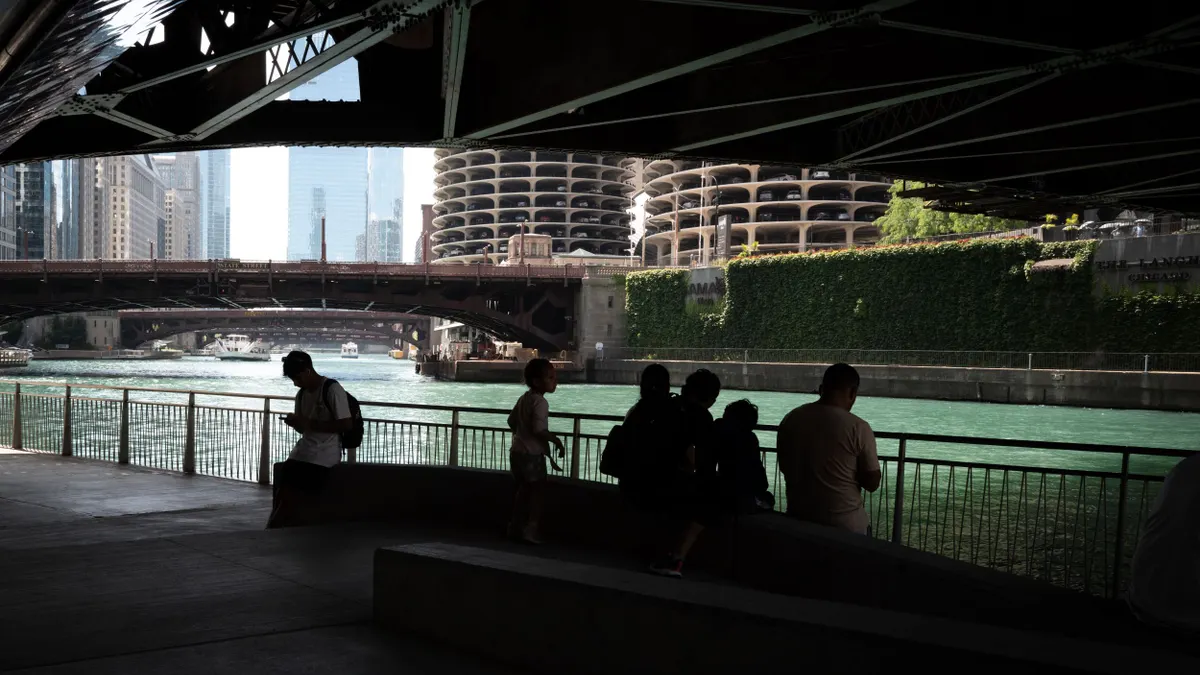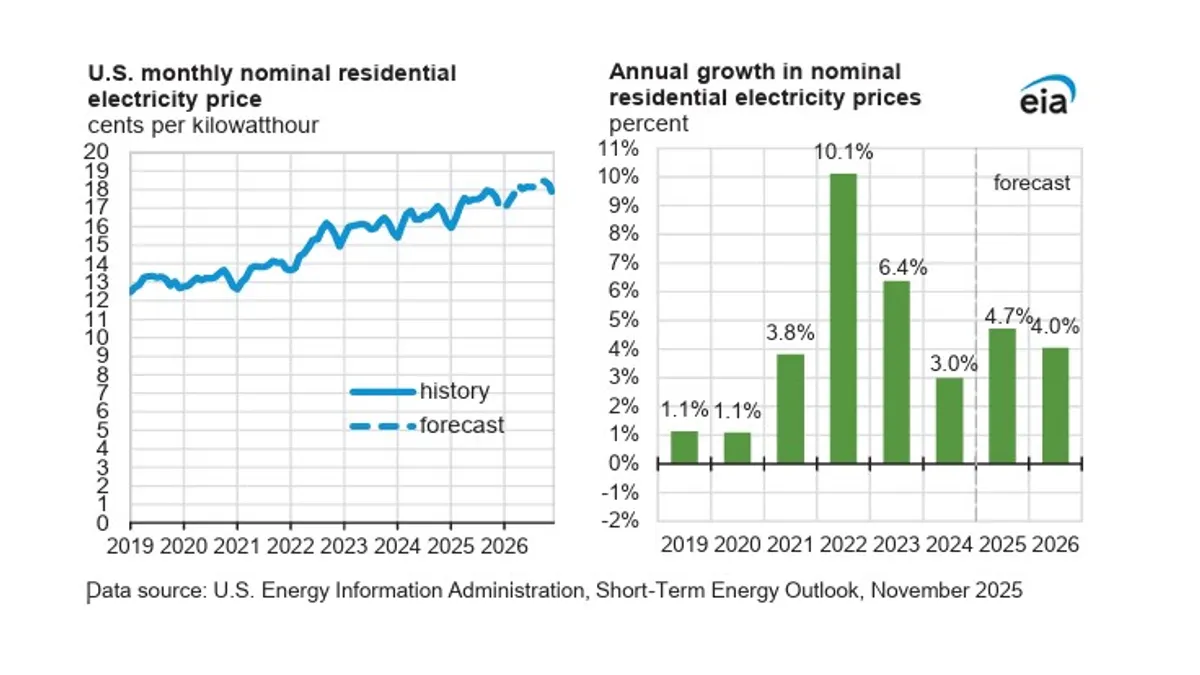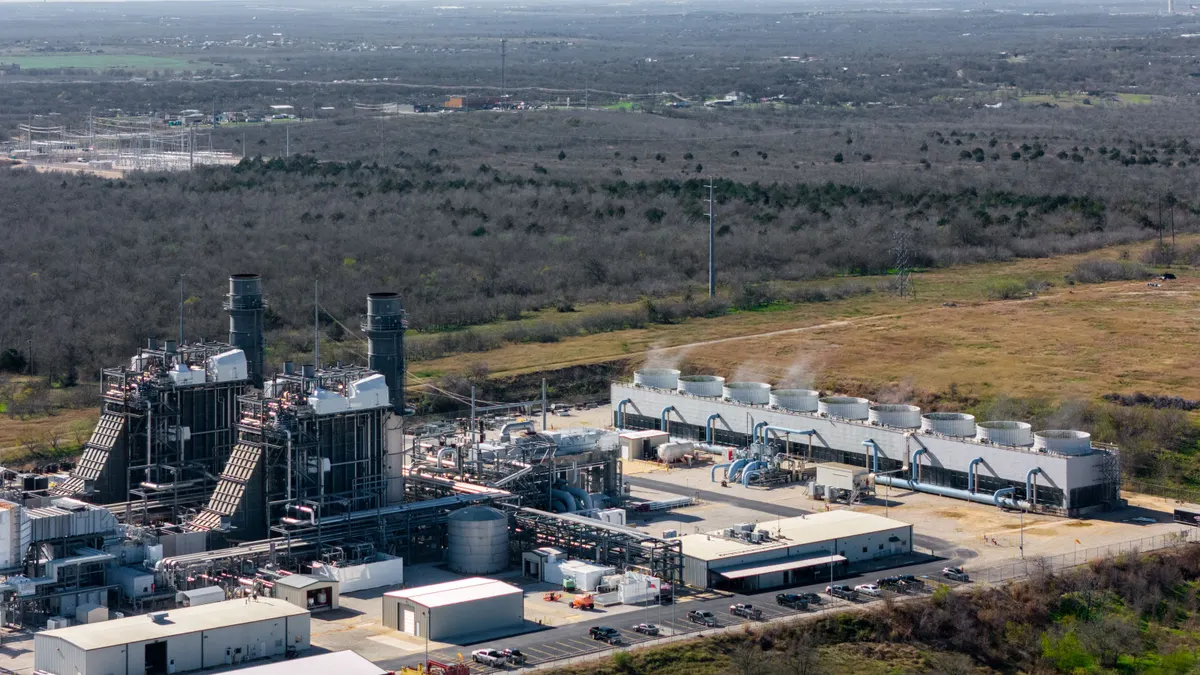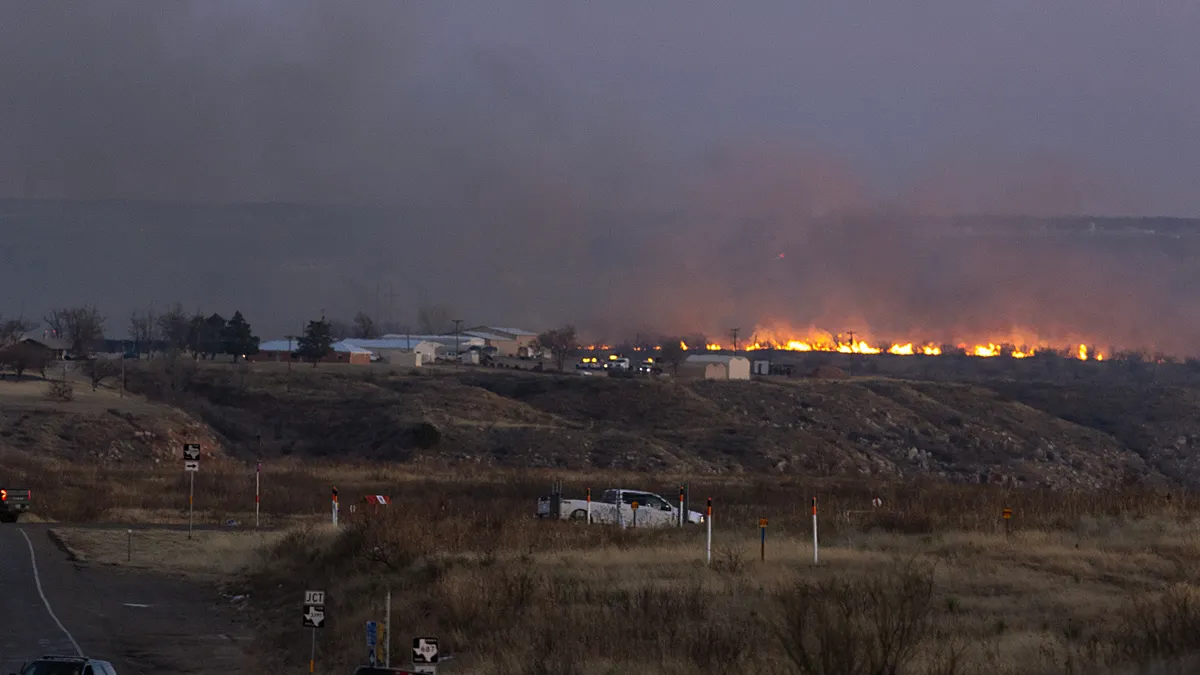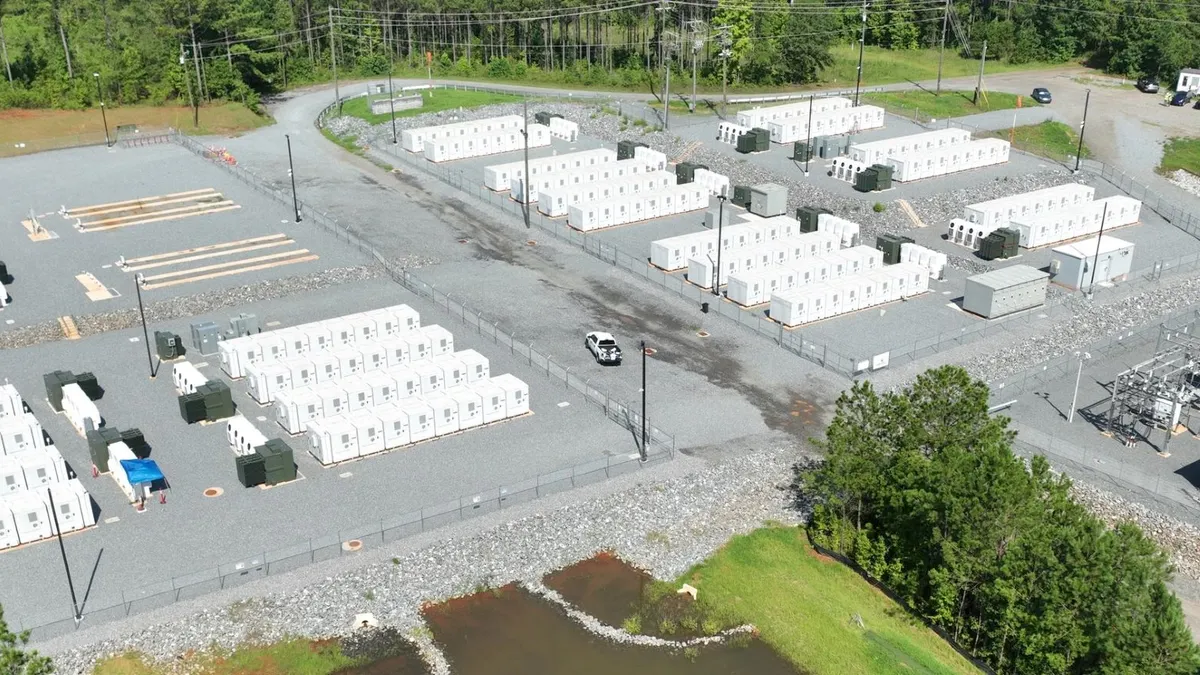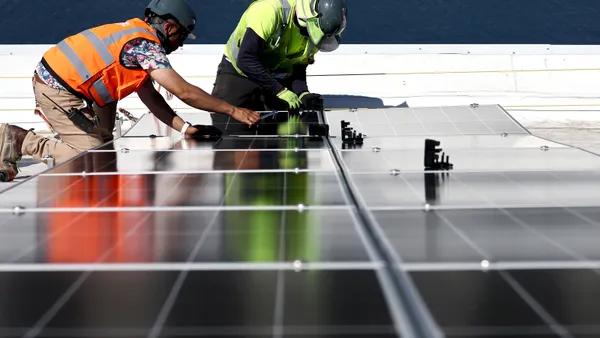Qëndresa Krasniqi, Diana Hernández and Vivek Shastry are colleagues at the Columbia University Center on Global Energy Policy. Rachel Scheu is the principal director of research and innovation at Elevate.
30 years ago last month, a brutal heatwave struck Chicago, killing more than 700 residents. As the city and much of the United States recently experienced another period of extreme heat, this anniversary serves as a reminder that heat remains one of the deadliest climate-related hazards — killing more people each year than hurricanes, floods and tornadoes combined — particularly for communities burdened by decades of disinvestment and structural barriers to health and safety.
In mid-July 1995, temperatures reached 106 degrees Fahrenheit in Chicago, with heat indices exceeding 120. Nights remained unusually hot, preventing homes from cooling. Chicago’s dense urban landscape retained heat, making indoor temperatures dangerously high. Air-conditioning provided critical protection, but only for those who owned units and could afford to run them. Many relied on fans and open windows, which offered limited relief. Meanwhile, record-high electricity demand overwhelmed parts of the grid, leaving approximately 49,000 households without power.
Thirty years later, the lessons we’ve learned are the same: While social connections remain vital in times of crisis, resilience fundamentally depends on access to affordable, reliable energy and infrastructure. Although some neighborhood-specific discrepancies in mortality could be attributed to social connections — such as living with or near family or the presence of active neighborhood life — research following the disaster showed that access to cooling was the single strongest protective factor, with significantly lower mortality in households or buildings with air-conditioning or communal cooled spaces.
That access isn’t just a luxury. It’s an essential requirement for health, safety, and well-being, as well as for communities to stay connected. Utilities, regulators, and state legislators have a responsibility to ensure that access as a basic human right, especially as climate risks intensify. To achieve resilience fairly, investments and protections must prioritize those most at risk, especially communities whose vulnerability exists precisely because they have been historically marginalized and underinvested through discriminatory practices like redlining and systemic neglect.
Our recent report examines how these overlapping risks manifest to this day in North Lawndale, a historically Black community on Chicago’s West Side. The neighborhood’s energy burden — the percentage of income spent on utility costs — is four times higher than the city average. Nearly half of households live in poverty, and chronic health conditions like chronic obstructive pulmonary disease and kidney disease are more prevalent than they are elsewhere in Illinois. During the 1995 heatwave, North Lawndale recorded a heat-related death rate of 40 per 100,000 residents, significantly higher than Chicago’s citywide rate of 7 per 100,000.
Today, residents continue to face these threats. As one resident told us, “Keeping the AC on is a luxury. Not everyone can afford it ... I limit my bill at $100 a month/$1,200 per year …You know how many weeks I have to work for a $1,200 check?”
The experiences in North Lawndale illustrate a broader challenge facing cities across the United States. Extreme heat remains among the deadliest climate-related risks, leading to increases in cardiovascular, respiratory, and renal illnesses hospitalization. Weather-related power outages nationwide have increased by 78 percent over the past decade compared to the 2000s. Longer and more intense heatwaves strain an aging grid, leading to failures precisely when communities rely most on power.
These impacts are not felt equally. Decades of redlining and underinvestment have left many Black neighborhoods in Chicago, and in cities across the country, significantly hotter, with fewer trees, more pavement, and aging infrastructure. Studies have shown that certain parts of Chicago can be up to 22 degrees Fahrenheit hotter than others on the same day. The same neighborhoods frequently experience longer and more frequent outages, compounding their vulnerability.
Resilience, therefore, is not only about individuals enduring extreme conditions but about whether essential systems function reliably and equitably for all communities.
The 1995 heatwave made clear that access to cooling must be recognized as a necessity rather than a luxury and should be addressed in policy and regulatory frameworks. Beyond individual homes, grid infrastructure plays a critical role. Investment decisions determine which neighborhoods are most likely to experience outages and which receive priority during restoration.
Equitable infrastructure investments are essential to ensure that upgrades and grid improvements reach the neighborhoods that need them most. Likewise, outage response plans must consider community vulnerability, not merely proximity to critical facilities, so that no neighborhood is left waiting days for power simply because of where it sits on the map. Energy affordability policies, such as income-based utility rates and targeted bill assistance, are needed to ensure households do not have to choose between cooling their homes and keeping food on the table, recognizing that cooling is a necessity, not a luxury. Finally, protections against utility disconnections must be robust and reliably enforced to prevent people from losing power during life-threatening heatwaves.
Thirty years after Chicago’s deadly heatwave, the lesson remains clear: true resilience depends on governments, utilities, and other service providers ensuring that all communities have access to reliable, affordable energy and the infrastructure needed to safely use it, like air conditioning and other life-sustaining cooling systems.


